
Ford F650-F750 Truck Fuel Tanks
-
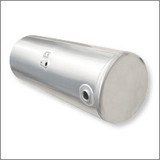 Ford F650-F750 Truck Diesel Fuel Tanks
Ford F650-F750 Truck Diesel Fuel Tanks
-
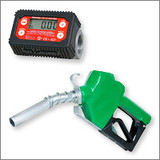 Ford F650-F750 Truck Fuel Tank Acc.
Ford F650-F750 Truck Fuel Tank Acc.
-
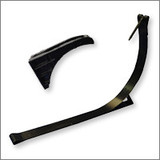 Ford F650-F750 Truck Fuel Tank Brackets & Straps
Ford F650-F750 Truck Fuel Tank Brackets & Straps
-
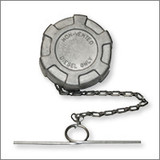 Ford F650-F750 Truck Fuel Tank Caps
Ford F650-F750 Truck Fuel Tank Caps
-
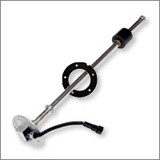 Ford F650-F750 Truck Fuel Tank Senders
Ford F650-F750 Truck Fuel Tank Senders
-
 Ford F650-F750 Truck Fuel Tank Steps
Ford F650-F750 Truck Fuel Tank Steps



